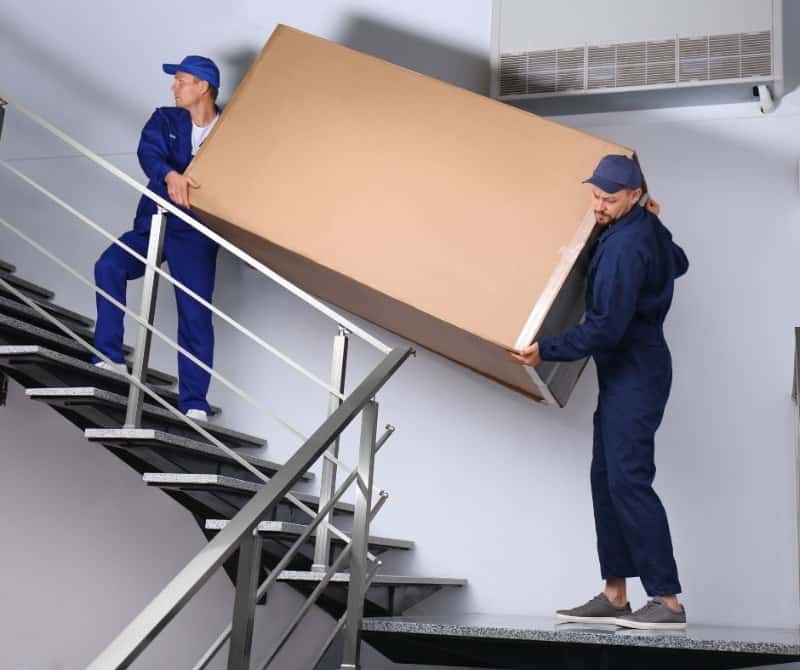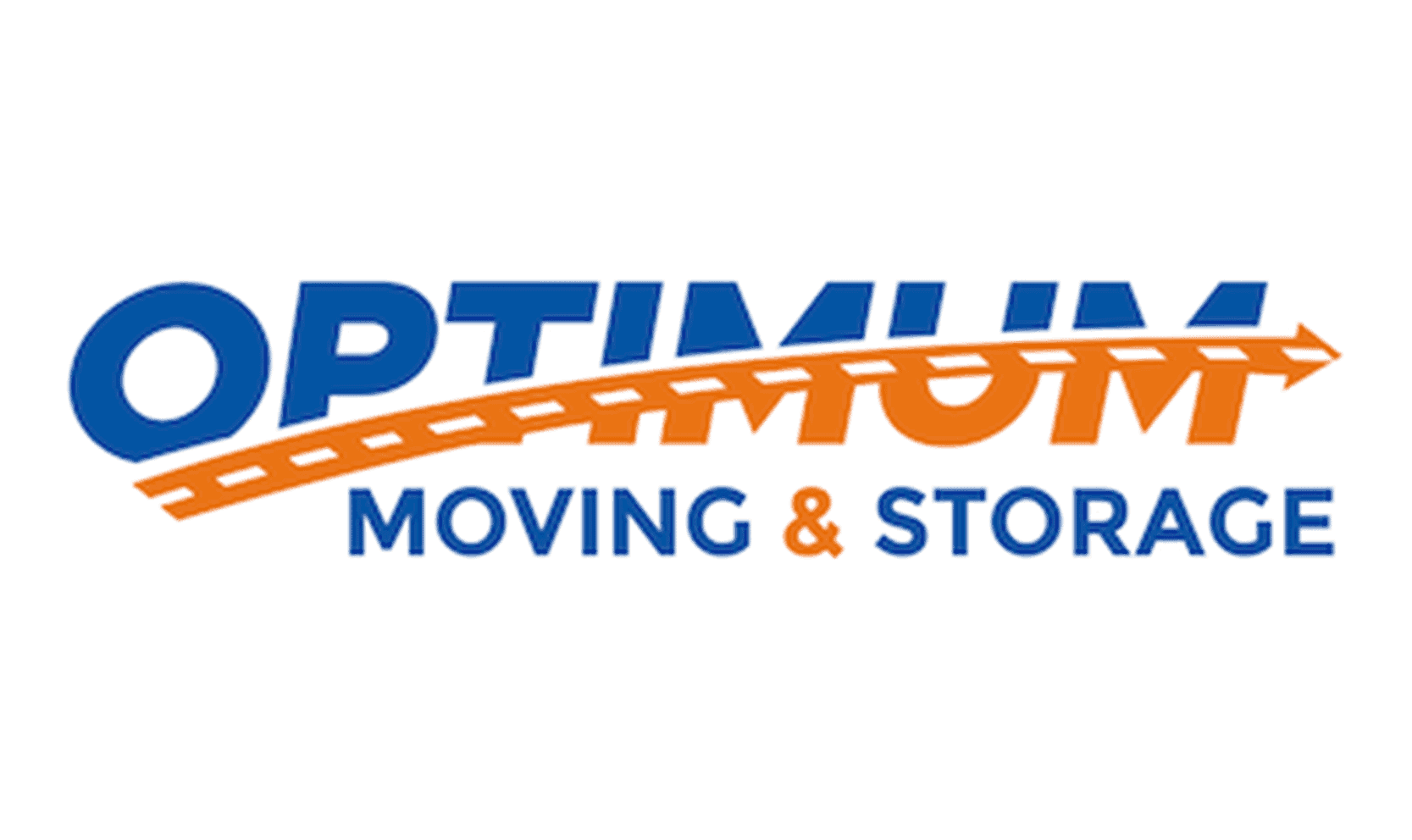
Moving heavy equipment is a complex and demanding task that requires careful planning, precision, and, above all, an unwavering commitment to safety. Whether you’re relocating construction machinery, industrial equipment, or other hefty loads, the well-being of your team, the equipment, and the surrounding environment must always be the top priority. In this blog post, we delve into the critical aspects of safety that should be at the forefront of your mind when undertaking the challenging endeavor of moving heavy equipment.
Importance of Safety When Moving Heavy Equipment
Safety is not just a legal obligation; it is a moral responsibility that cannot be compromised especially when moving heavy equipment. The sheer size, weight, and potential hazards associated with heavy equipment demand an elevated level of caution and vigilance. Accidents during equipment relocation can result in serious injuries, damage to property, project delays, and financial setbacks. Whether you are a seasoned professional or a novice in the field, the risks are ever-present, making safety protocols non-negotiable.
Preparing for the Move
Whether you’re relocating machinery within your facility or transporting it to a new site, ensuring moving heavy equipment securely is paramount. In this guide, we’ll delve into the crucial steps for preparing a safe and successful move, emphasizing the importance of a comprehensive approach.
Conduct a Thorough Assessment
Before initiating any movement, it is imperative to thoroughly assess both the equipment and its surrounding environment before moving heavy equipment. Begin by examining the equipment’s dimensions, weight, and any potential vulnerabilities. Identify potential obstacles, such as uneven terrain, overhead obstructions, or narrow passages, that could impede the safe passage of the equipment. Evaluate the condition of pathways, ramps, and doorways to ensure they can accommodate the equipment’s size and weight without compromising safety. This meticulous assessment will serve as the foundation for devising a well-informed moving plan in moving heavy equipment.
Additionally, it is crucial to involve a team of experienced individuals in the assessment process. Engage personnel who are knowledgeable about the specific equipment and its operational requirements. Remember, a thorough assessment conducted by a qualified team enhances not only the safety of the equipment and those involved but also paves the way for a smoother and more efficient moving process overall.
Develop a Detailed Moving Plan
Crafting a comprehensive moving plan is the linchpin of successful equipment relocation. Your plan should leave no room for ambiguity and should encompass every facet of the move. Begin by delineating the optimal route for the equipment’s journey, taking into account any challenges identified during the assessment. Specify the equipment required for the move, including cranes, forklifts, and specialized tools. Additionally, allocate roles and responsibilities to personnel involved in the move, ensuring that each team member understands their tasks and the safety protocols to be followed. A well-orchestrated moving plan guarantees a synchronized effort that minimizes risks and maximizes efficiency.
Obtain Necessary Permits
Depending on the scope of the move and the equipment involved, securing the appropriate permits and permissions is a non-negotiable step. Collaborate with relevant authorities to ascertain the regulatory requirements for transporting heavy machinery. Whether it’s road transport or navigating through busy urban areas, adhering to legal prerequisites is essential. Obtain permits well in advance to avoid any delays or disruptions on the day of the move. Failing to address this aspect could lead to costly legal repercussions and safety hazards.
Essential Safety Equipment and Gear for Moving Heavy Equipment
When it comes to moving heavy equipment, prioritizing safety is paramount. The utilization of appropriate safety equipment and gear is non-negotiable to safeguard the well-being of workers and ensure a secure moving process. In this segment, we will delve into the critical significance of personal protective equipment (PPE), enumerate and expound upon indispensable safety gear, and emphasize the utility of specialized equipment designed to enhance safety during the movement of heavy machinery.
Importance of Personal Protective Equipment (PPE) for Workers
The backbone of a secure equipment move is the diligent use of personal protective equipment (PPE) by all personnel involved. PPE forms an essential barrier between workers and potential hazards, minimizing the risk of injuries. The use of PPE should be mandatory for every worker, regardless of their role in the process. It not only safeguards against physical injuries but also shields against environmental factors such as dust, noise, and chemical exposure. By wearing appropriate PPE, workers contribute to a culture of safety, fostering an environment where every team member’s well-being is prioritized.
Essential Safety Gear – Helmets, Gloves, and Safety Shoes
Certain safety gear items are fundamental in creating a protective shield for workers during heavy equipment movement. Helmets play a pivotal role in shielding the head from falling objects and potential impacts. Sturdy gloves provide grip and hand protection when handling equipment, while safety shoes offer reinforced toe protection and slip-resistant soles. These essentials not only mitigate the risk of injuries but also enhance workers’ confidence and comfort, enabling them to focus on their tasks without compromising their safety.
Specialized Equipment – Harnesses, Chains, and Straps
Moving heavy equipment demands specialized tools that provide an extra layer of security. Harnesses, chains, and straps are instrumental in maintaining stability during the movement of large and unwieldy machinery. Harnesses distribute the weight of the equipment and prevent falls, especially when working at heights. Chains and straps offer reliable securing mechanisms, preventing any unintended shifts during transportation. Proper utilization of these specialized tools ensures that the equipment remains stable and controlled throughout the entire move, reducing the potential for accidents and damage.
Securing Heavy Equipment for Safe Transportation
Effective Methods for Securing Transport Vehicles
Securing heavy equipment on transport vehicles requires a combination of careful planning and the implementation of proven methods. Begin by selecting an appropriate transport vehicle that is suited for the equipment’s size and weight. Flatbed trailers or specialized low-loaders are often preferred options due to their stability and versatility. Once you are done with that, here is a step-by-step must-have guide in transporting vehicles securely:
1. Balanced Positioning
Properly position the heavy equipment on the trailer to maintain optimal balance. Centering the equipment helps distribute the weight evenly, reducing the risk of excessive strain on one side of the trailer. This even weight distribution contributes to enhanced stability during transit and minimizes the chances of load shifting.
2. Effective Strapping Techniques
Implement robust strapping techniques to hold the equipment securely in place. Use heavy-duty straps made of materials like nylon or polyester with appropriate load ratings. Cross-strap configurations create additional stability by counteracting forces from different directions.
3. Chains and Binders
For heavier equipment, chains and binders can provide extra strength and security. Select chains with appropriate load capacities and ensure proper tensioning using binders. When using chains, protect the equipment’s surfaces from abrasion or damage by using appropriate padding. Additionally, with the help of levers, moving heavy equipment can be manageable.
4. Customized Cradles and Mounts
In some cases, custom-designed cradles, mounts, or brackets can be fabricated to snugly fit the equipment’s contours and ensure a secure fit. These tailored solutions provide an additional layer of protection against movement and vibrations.
5. Inspections and Maintenance
Regularly inspect and maintain the transport vehicle, securing hardware, and equipment restraints. Damaged or worn-out components should be replaced promptly to maintain the integrity of the securing system.
Proper Restraints, Tie-Downs, and Blocking Techniques
To prevent movement and ensure stability, the use of proper restraints, tie-downs, and blocking techniques is indispensable. High-strength chains, heavy-duty straps, and tensioning devices should be used to secure the equipment to the trailer. Adequate tensioning of tie-downs is crucial to prevent any slack that might lead to shifting. Employ blocking techniques by strategically placing sturdy wooden blocks, chocks, or cribbing beneath the equipment’s wheels or tracks to further enhance stability. The combination of restraints and blocking mechanisms provides multiple layers of protection against movement.
Minimizing Equipment Movement during Transportation
Minimizing equipment movement during transportation is not only about securing it within the confines of the trailer but also involves measures taken to address potential external forces. Carefully choose the route to avoid uneven terrain, sharp turns, and road conditions that could cause equipment instability. Additionally, consider using secondary restraints such as bracing or bolting down certain components of the equipment to mitigate internal movement. Regularly inspect and adjust tie-downs and restraints during transit to ensure their continued effectiveness.
Optimum Moving & Storage: Your Trusted Partner for Secure Heavy Equipment Relocations in Concord, NC

At Optimum Moving & Storage, we understand the unique challenges that come with moving heavy equipment. With years of experience in the moving industry, we have honed our expertise to provide top-notch solutions for securely relocating even the most massive machinery. Our unwavering commitment to safety, meticulous planning, and advanced equipment ensure a seamless and secure heavy equipment moving experience in Concord, NC.
Expert Consultation and Planning
Our journey starts with a thorough consultation to understand the specific requirements of your heavy equipment relocation. Our experienced team will meticulously assess your equipment and its surroundings, crafting a detailed moving plan tailored to your needs. We leave no stone unturned in identifying potential challenges and devising solutions to ensure a secure and incident-free move.
Specialized Equipment and Tools
Moving heavy equipment demands specialized tools and equipment, and we have it all. From heavy-duty cranes and forklifts to robust tie-downs and restraints, we have invested in cutting-edge resources that guarantee the utmost safety and stability during transportation. Our team is adept at using these tools effectively, ensuring your equipment remains secure throughout the entire journey.
Trained and Skilled Personnel
Our highly skilled and trained professionals are the backbone of our secure heavy equipment moving services. Each member of our team is well-versed in the intricacies of handling heavy machinery. With a keen focus on safety protocols and best practices, our experts ensure that your equipment is in capable hands from start to finish.
Tailored Transportation Solutions
We understand that each heavy equipment move is unique. That’s why we provide customized transportation solutions that address your specific needs. Whether you require open-air transportation, specialized trailers, or assistance with permits and regulations, we have the expertise to navigate every aspect of the process, ensuring a seamless and secure move.
When it comes to moving heavy equipment securely and efficiently, Optimum Moving & Storage stands as your trusted partner in Concord, NC; Charlotte, NC; Davidson, NC; Matthews, NC; and Mooresville, NC. Our commitment to safety, expertise, and top-notch equipment ensures a hassle-free experience, giving you peace of mind throughout the entire moving process. Contact us at (980) 233-0478 today to discuss your heavy equipment relocation needs and let us tailor a solution that ensures the security and success of your move. Your equipment’s safety is our priority, and we’re here to make your move a smooth and secure one!
